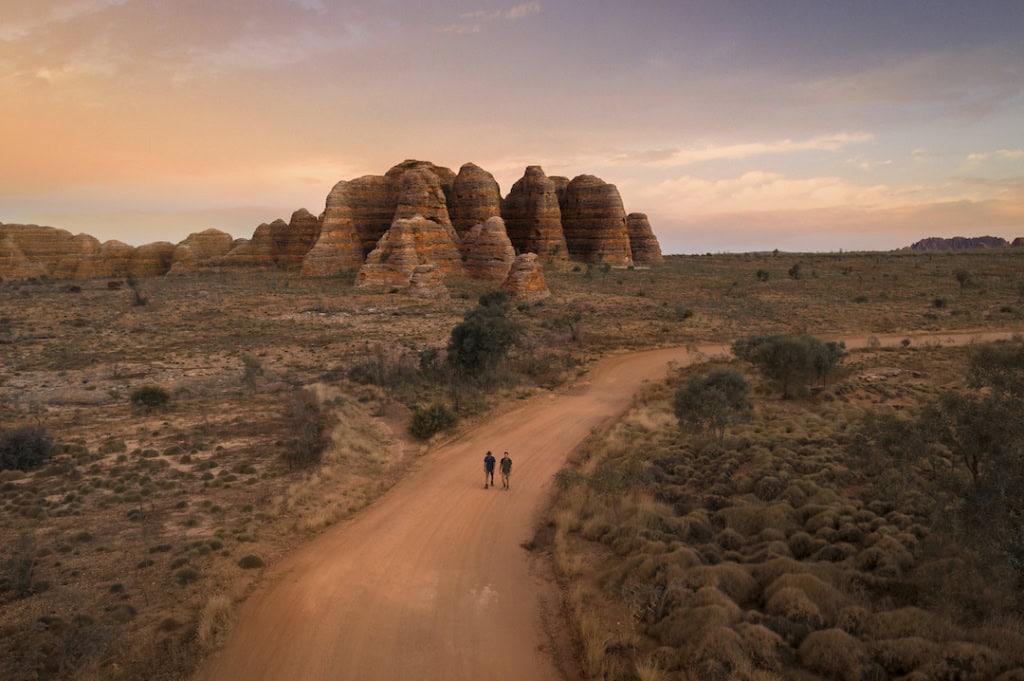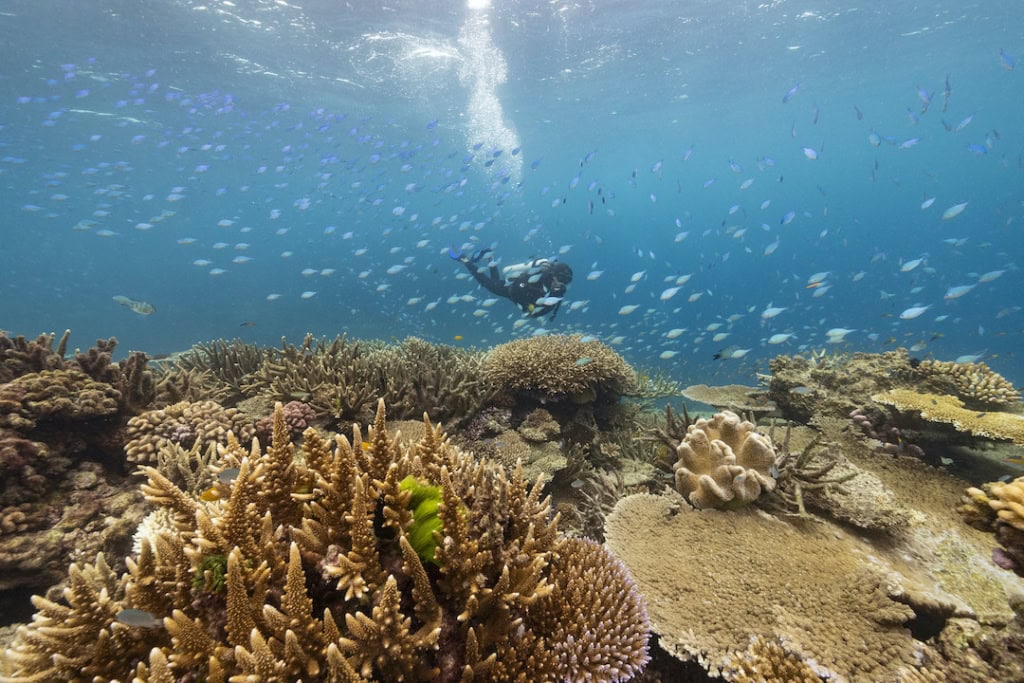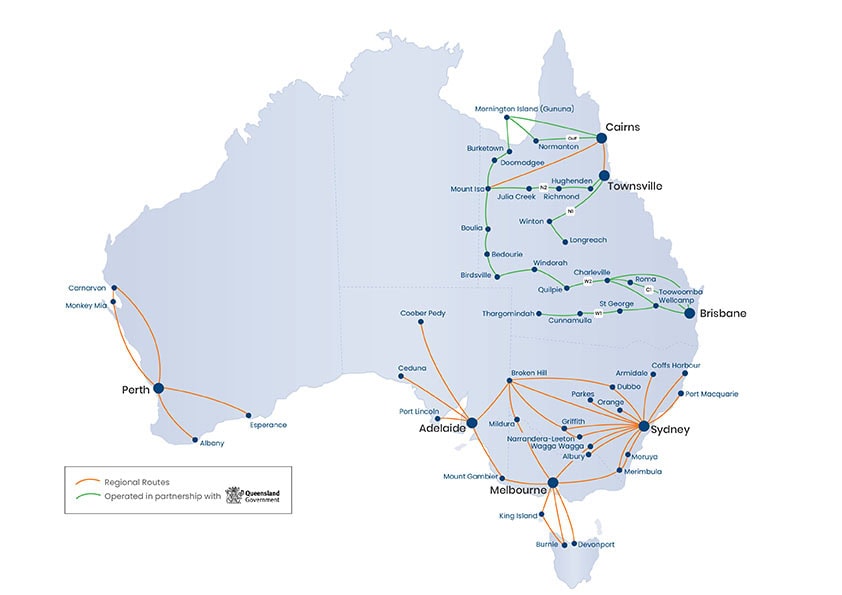Australia is home to 20 UNESCO World Heritage Sites, ranging from iconic architecture to entire islands.
In honour of World Heritage Day, here are eight World Heritage Sites on land and sea around the country that you don’t want to miss.
Feature image courtesy of Destination NSW.

K’gari (Fraser Island), Queensland
Located off the coast of Queensland is K’gari. K’gari is the largest sand island in the world and the dunes have remnants of rainforest and half of the world’s dune lakes. Travel off the coast of Brisbane to check out this beautiful 122 kilometre-long island.

Purnululu National Park, Western Australia
A sprawling expanse of quartz sandstone makes up a portion of the landscape of Purnululu National Park. Located in Western Australia, this national park and World Heritage Site features the Bungle Bungle Range, a unique and ancient geographical wonder bigger than Uluru.

The Great Barrier Reef, Queensland
The largest ecosystem in the world, the Great Barrier Reef is filled with thousands of species of fish and is made up of 400 species of coral. The Great Barrier Reef is located off the coast of Queensland and is made up of around 2,500 individual reefs and over 900 islands extending about 348,000 square kilometres.

Sydney Opera House, New South Wales
Designed by Danish architect Jørn Utzon, the Sydney Opera House overlooks Sydney Harbour in NSW. The Opera House is a combination of several architectural styles and is a unique feat of construction. This iconic Australian landmark is celebrating 50 years since its inception in 1973 this year.

Tasmanian Wilderness, Tasmania
The Tasmanian Wilderness is one of the last temperate rainforests in the world and expands over one million hectares. With severe glaciation that influenced the landscape alongside the indicators of human occupation for over 20,000 years, this World Heritage area covers over one-fifth of Tasmania’s landmass.

Shark Bay, Western Australia
The most western point in Australia, Shark Bay is home to five endangered species, among other prominent features. These features include the largest and richest sea-grass beds in the world, the population of dugongs and its colonies of hardened algae deposits, called “stromatolites.” This heritage site is a region in Western Australia that covers 2.2 million hectares, 70% of which is water.

Wet Tropics of Queensland, Queensland
Spreading over 450 kilometres up the coast of Queensland, this area is home to a wide array of flora and fauna. The Wet Tropics includes the Daintree Rainforest – which, at 135 million years old is the world’s oldest rainforest. The area is full of biodiversity, including multiple endangered species. It is the origin of Australia’s many iconic mammals.

Lord Howe Island, New South Wales
In the volcanic island group that makes up the Lord Howe Island Group Heritage Site, there are many endemic species that are protected. Many unique bird species call this place home, along with the world’s most southern coral reef. Covering just under 148,000 hectares, this region is off the coast of NSW in the Tasman Sea.
For more information on Australia’s UNESCO World Heritage Sites, see here.
Check out more of Australia’s islands, including Indigenous experiences to take part in while you’re there, here.
Travel Australia with Rex
Visit these World Heritage Sites with Rex. Book your flights here and check out the route map below.











